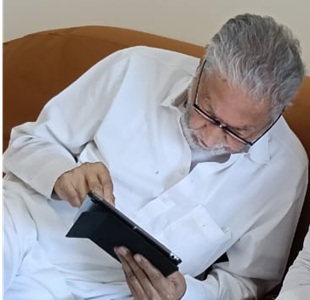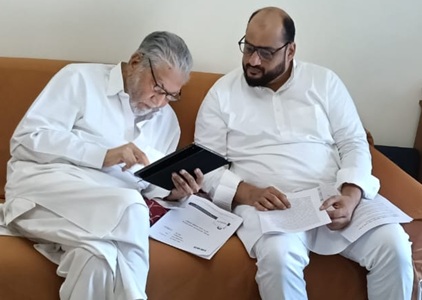 By Chaitanya Mallapur: Although India’s use of the internet is lower than many poorer countries, the country’s e-commerce sector tripled – or grew by 209 percent over the last five years – from $4.4 billion (Rs.20,020 crore) in 2010 to $13.6 billion (Rs.83,096 crore) in 2014.
By Chaitanya Mallapur: Although India’s use of the internet is lower than many poorer countries, the country’s e-commerce sector tripled – or grew by 209 percent over the last five years – from $4.4 billion (Rs.20,020 crore) in 2010 to $13.6 billion (Rs.83,096 crore) in 2014.
This data was contained in a reply given to the Lok Sabha in March 2016.
India’s e-commerce market is likely to reach $38 billion (Rs.252,700 crore) in 2016, according to an Associated Chambers of Commerce & Industry of India (Assocham) report released in January 2016.
The online retail sector in India is expected to be a $1 trillion (Rs.660,000 crore) market by 2020, according to a recent report by the Confederation of Indian Industry (CII) and Deloitte, a consultancy. The study indicates that more e-commerce will trigger big innovations in India.
The Goods and Services Tax, once implemented, is expected to boost the growth of e-commerce by simplifying taxation and logistics, said the CII-Deloitte report.
Internet penetration across the country is rising with as many as 354 million users reported as of September 2015. Online shoppers in India have increased from 20 million in 2013 to 39 million in 2015, an increase of 95 percent over three years.
India’s e-commerce market rises despite low net use
But India’s internet penetration – the percentage of Indians who use the net – is low, 19 percent in 2014, as IndiaSpend reported earlier. Compare this with Australia (90 percent), the US (87 percent), Japan (86 percent), Brazil (53 percent) and China (46 percent).
In 2014, only 18 of 100 Indians used the internet, against 49.3 for China and 48.3 for Vietnam. Even poorer countries, such as Ghana, had greater internet penetration – 18.9 users per 100 people, according to a Mint report. Similarly, mobile subscriptions in India were 74 per 100 people in 2014, lower than Bangladesh (80), China (92), Indonesia (129) and Vietnam (147).
Mobile internet spend has increased from 54 percent to 64 percent from 2014 to 2015, attributed to high-speed 3G and 4G internet connectivity at some of the world’s lowest prices, fuelling e-commerce growth.
Despite the rise in broadband and mobile internet users, speed remains a major constraint. The average broadband speed in India is 2 mega bits per second (mbps), ranking 115 globally, IndiaSpend has reported. Similarly, the average mobile internet speed is 1.7 mbps, ranking below Thailand, China, Hong Kong and Singapore.
In March this year, the government allowed 100 percent foreign direct investment in online retail marketplaces-electronic platforms that connect buyers and sellers.
India’s e-commerce giants battle a survival of the fittest
As competition grows, and international competitors step in, domestic online retailers will struggle, experts predict.
US retailer Amazon became the second-largest online marketplace by shipments in India last month, after domestic rival Flipkart, pushing former number two, Snapdeal, to third place.
Flipkart’s growth has virtually stalled since the middle of last year and the leadership team hasn’t figured out a way to kick-start sales, according to India Value Fund Advisors partner Haresh Chawla.
“Its gross merchandise volume (GMV) – sales or revenue in online retailing – sold over a given period of time has not grown substantially, which had grown by over 200 percent per annum for the past three years,” Chawla added.
Similarly in the taxi business, multinational Uber is in race with India’s Ola, the current domestic-market leader. Last month, Uber claimed it would overtake Ola by market share within 30 days.
Jabong – an online fashion portal – reported a drop in sales and cut losses in 2015 and is now struggling to find a buyer.
“Consumer internet start-ups find it difficult to navigate slowdowns,” said Chawla.
“Traditional companies usually recover from these cycles. But technology-led companies simply go bust. They have very little consumer loyalty to start with. Most bribe consumers to grow rapidly and cutback (on profits), causing them to implode.”
(In arrangement with IndiaSpend.org, a data-driven, non-profit, public interest journalism platform, where Chaitanya Mallapur is a policy analyst. The views expressed are those of India Spend. The author can be contacted at respond@indiaspend.org)





0 Comments